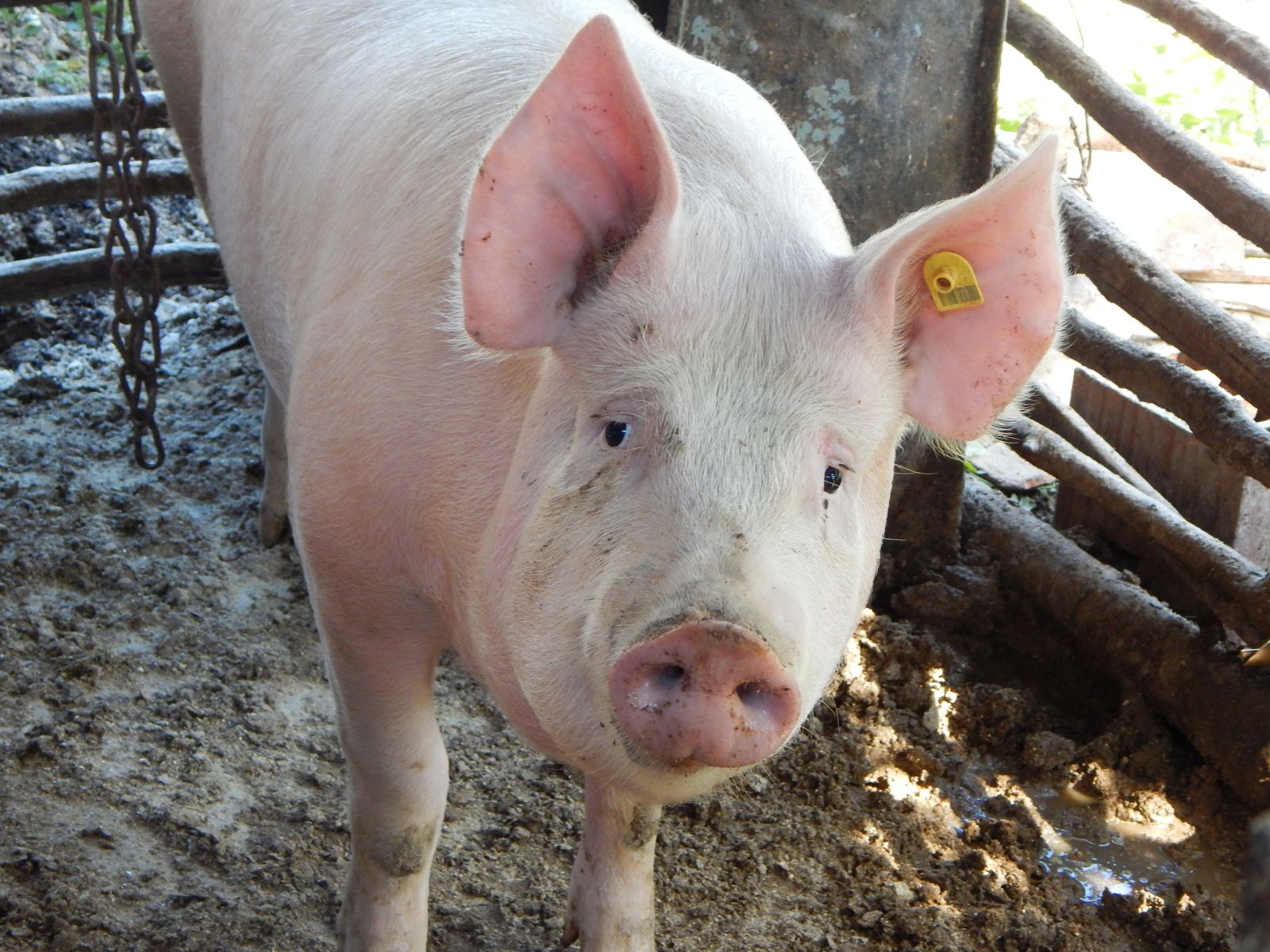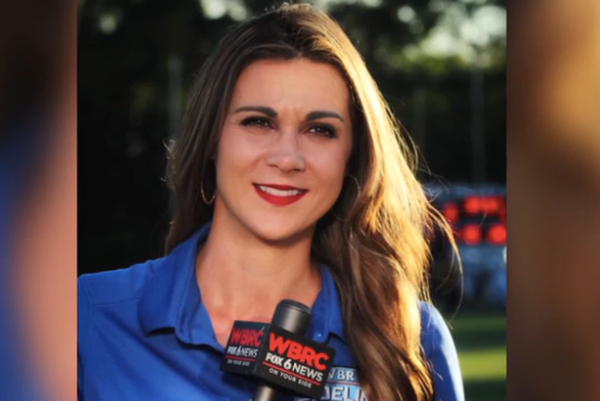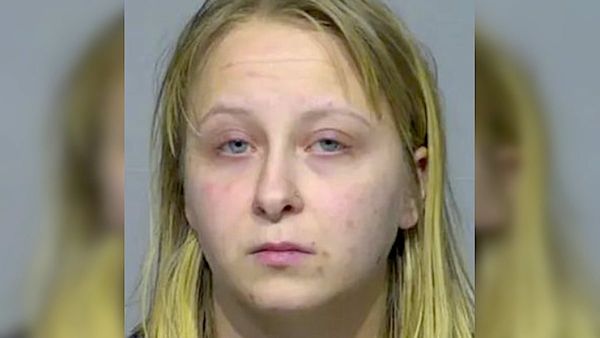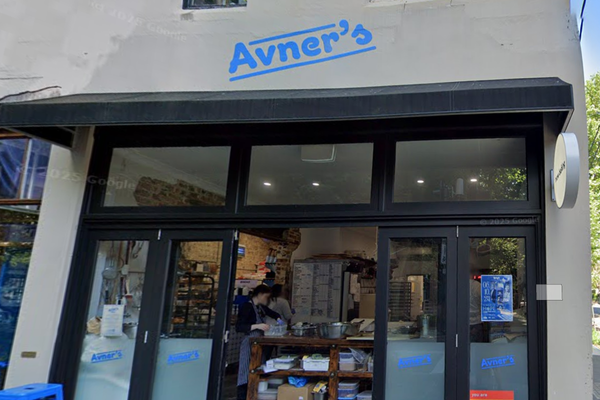
I concluded my Barchart Q1 report on the animal protein sector with the following:
The trend is always your best friend, so we should expect higher cattle and hog prices over the coming weeks and months. However, the risk of corrections will rise with prices. The bottom line is that those burgers, hot dogs, steaks, sausages, and ribs will cost more this year.
Don’t Miss a Day: From crude oil to coffee, sign up free for Barchart’s best-in-class commodity analysis.
Animal proteins were the second-best-performing sector of the commodities market in Q2 and over the first half of 2025, rising by 12.3% and 21.72%, respectively. Lean hog futures led the way on the upside in Q2 and over the first six months of 2025. However, live and feeder cattle futures rose to new all-time highs in Q2 as the 2025 peak grilling season got underway at the end of May.
New highs in live cattle futures
Live cattle futures posted a 2.92% rally in Q2 and were 11.63% higher over the first six months of 2025.

The quarterly continuous chart from the 1960s shows that live cattle futures reached a record high of $2.2005 in Q2 before closing the quarter at $2.13875 per pound. Live cattle remain in a bullish trend during the 2025 peak grilling season.
The feeder cattle rallied more in Q2 and reached new highs
Feeder cattle futures rose more than the live cattle in Q2 and over the first half of 2025, posting 8.46% and 18.12% respective gains.

The continuous quarterly feeder cattle futures chart illustrates the bullish price action that drove the feeders to a record high of $3.1420 in Q2, before settling at $3.10675 per pound on June 30, 2025.
Lean hogs led the sector on the upside
Lean hog futures led the animal protein sector in Q2 and over the first half of 2025, rallying 25.51% and 35.42%, respectively.

The quarterly continuous lean hog futures chart highlights the bullish price action that drove the pork futures to close Q2 at $1.1010 per pound. While the cattle futures rose to new record highs, lean hogs had the most significant percentage gains in Q2 and over the first half of 2025. The all-time continuous contract high in the lean hog futures market is at the Q1 2014 high of $1.33425 per pound.
The June WASDE report was bullish
The U.S. Department of Agriculture released its June World Agricultural Supply and Demand Estimates Report on June 12, 2025. The WASDE indicated the following about the cattle and hog markets:
The total U.S. red meat and poultry production forecast for 2025 is lowered from last month. Beef production is lowered on reduced steer and heifer slaughter in the second quarter and reduced cow slaughter for the remainder of the year. Pork production is unchanged from the previous month.
For 2026, red meat and poultry production is raised on higher beef and turkey production. Beef production is raised primarily on higher feedlot placements in the second half of 2025 and early 2026, which are expected to result in higher steer and heifer slaughter for 2026. pork and broiler production forecasts are unchanged. The beef export forecast for 2025 is raised on recent trade data and continued strong demand from key export markets. The beef import forecast is also raised on strong imports from Oceania and South America, as well as robust domestic demand for lean processing beef. The pork export forecast is reduced for 2025 on recent trade data and increased export competition. For 2026, pork exports are also reduced on continued export competition.
Cattle price forecasts for 2025 are raised on recent price strength and continued demand for cattle. The increased price forecasts are carried over into 2026 as well. Hog price forecasts are raised for 2025, based on recent prices, as well as relatively tight pork inventories and increased cattle prices supporting hog demand. Raised hog price forecasts carry over into early 2026.
The USDA increased its cattle and hog price forecasts for the second half of 2025 and 2026, validating the futures market’s price action.
The outlook for meats in Q3 and beyond
The 2025 peak grilling season will conclude on Labor Day, which falls at the beginning of September. As the futures tend to reflect price expectations for future months, and given the high price levels, a correction in cattle and hog markets becomes more likely. However, cattle are in long-term bullish trends, which have remained intact during the offseason in the past few years. The quarterly hog chart highlights a bullish pattern of higher lows since the pandemic-inspired 2020 bottom.
I expect a continuation of elevated beef and pork prices. Significant corrections over the coming months could be buying opportunities. Given the volatility in animal protein futures, buyers should leave plenty of room to add on declines, as it is virtually impossible to pick bottoms in the meats or any other commodity markets.
On the date of publication, Andrew Hecht did not have (either directly or indirectly) positions in any of the securities mentioned in this article. All information and data in this article is solely for informational purposes. For more information please view the Barchart Disclosure Policy here.






